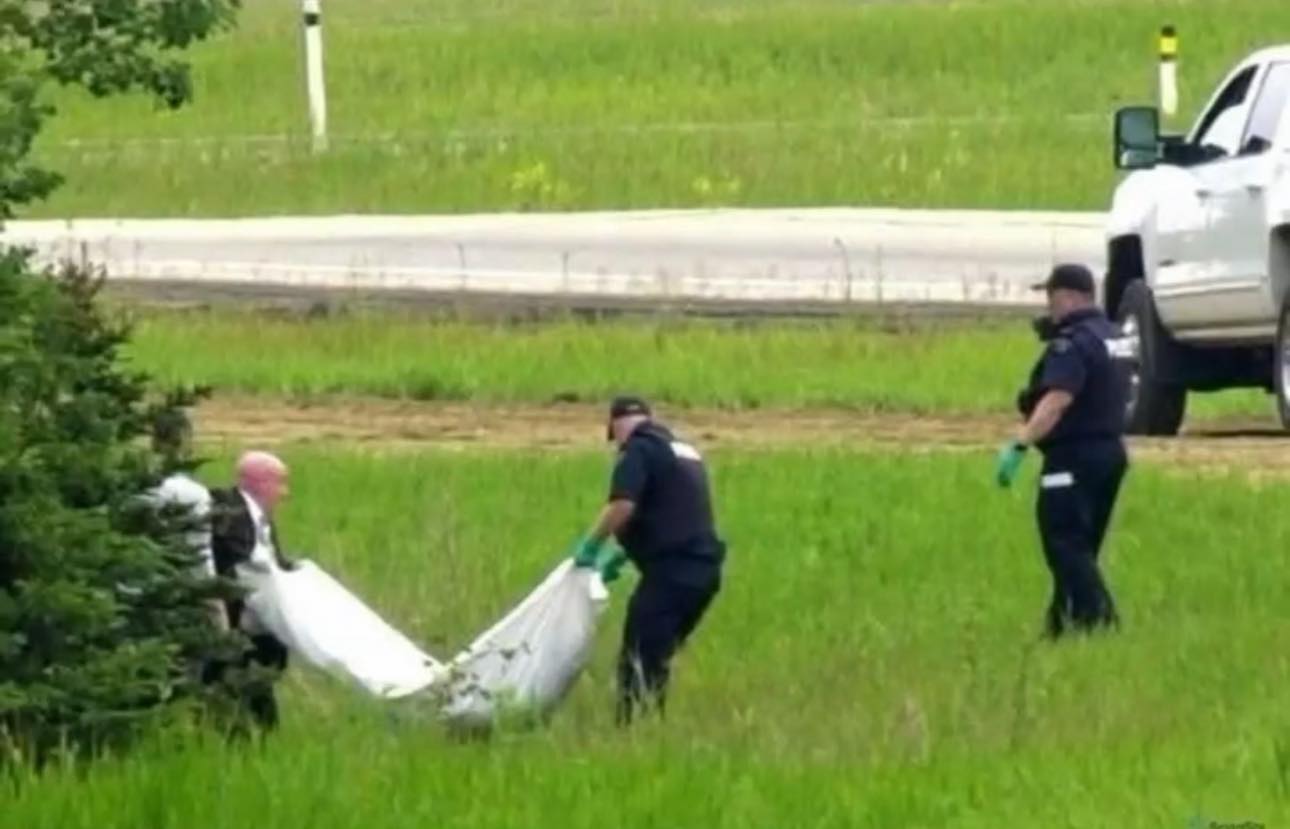The National Transportation Safety Board (NTSB) has released a preliminary report about the plane crash into a residential area in San Diego last month, killing the six people on board
The plane was flying too low before it hit power lines, investigators found
The weather reporting system and Runway Alignment Indicator lights at the airport were not working at the time of the crash
Almost a month after a plane crashed into a San Diego neighborhood, killing all six on board, investigators have released new information about the final moments of the flight.
The plane originally departed from Teterboro Airport in New Jersey on the night of Wednesday, May 21, before stopping to refuel in Wichita, Kan, according to a preliminary report from the National Transportation Safety Board (NTSB).
Just before 2 a.m. local time the next morning, the plane departed from Kansas to reach its destination of Montgomery-Gibbs Executive Airport in San Diego (MYF). Just over an hour later, the small plane crashed into a residential community near the city on Thursday, May 22 at 3:47 a.m. local time.
All of the people on board the plane died, including Dave Shapiro, the co-founder of Sound Talent Group, booking assistants Emma L. Huke, 25, and Kendall Fortner, 24, as well as Daniel Williams, a former drummer for the band The Devil Wears Prada.
Additionally, eight people on the ground sustained “minor injuries.”

As the plane neared Montgomery-Gibbs Executive Airport, the pilot — identified as Shapiro by the Los Angeles Times — checked in with the local air traffic controller, according to the report.
When he was informed that the system that provides weather conditions at the airport was down, the pilot confirmed that he was aware of that. After asking air traffic control for a weather update, he was instead given the conditions of Marine Corp Air Station Miramar, which was about four miles away to the north. He was told to expect calm winds and a half mile of visibility.
As the pilot approached MYF, however, he encountered dense fog and low visibility, CNN reported.
Alternate alternate options were discussed, the pilot decided to go ahead with the original plan. When the plane was about 10 miles away, the controller asked the pilot if he was going to “make your descent” and asked if he wanted vectors to the south.
“I think we’ll be alright,” the pilot said.
According to the NTSB report, by the time the jet was about 3 miles from the runway it had already reached too low of an altitude — and then it continued to descend until it reached 60 feet above ground level.
The plane then hit power lines that were about 90 to 95 above the ground. It also hit a residential structure and 20 vehicles, “which were damaged or destroyed by impact or post-impact fire,” according to the NTSB.



